Beyond the Brew: A Real-Talk Guide to Upgrading Your Morning Coffee
For the longest time, my world was just coffee. I started out as a barista trying to master the perfect latte art, then got deep into sourcing and roasting, learning how every little thing—from the soil to the drying method—changes the taste of the bean. I’ve trained my fair share of coffee pros, and my first lesson was always the same: let the coffee speak for itself. Don’t cover it up.
In this article
Honestly, I used to think adding anything besides hot water was a sin. Spices? Powders? It felt like scribbling on a masterpiece. But then, through some cool collaborations with nutritionists and herbal experts, my perspective shifted. I realized that the right additions, used thoughtfully, don’t just tack on health benefits. They can create a whole new drink that’s complex, delicious, and genuinely better.
This isn’t about dumping sugar and artificial creamer into a bad cup of coffee to make it drinkable. That stuff just leads to an energy crash and masks the burnt flavor of cheap beans. No, our goal is to start with a good cup of coffee and see how we can complement it, making it even more enjoyable while adding some real value. This guide is built on my own kitchen experiments, some big wins, and yeah, a few messy failures.
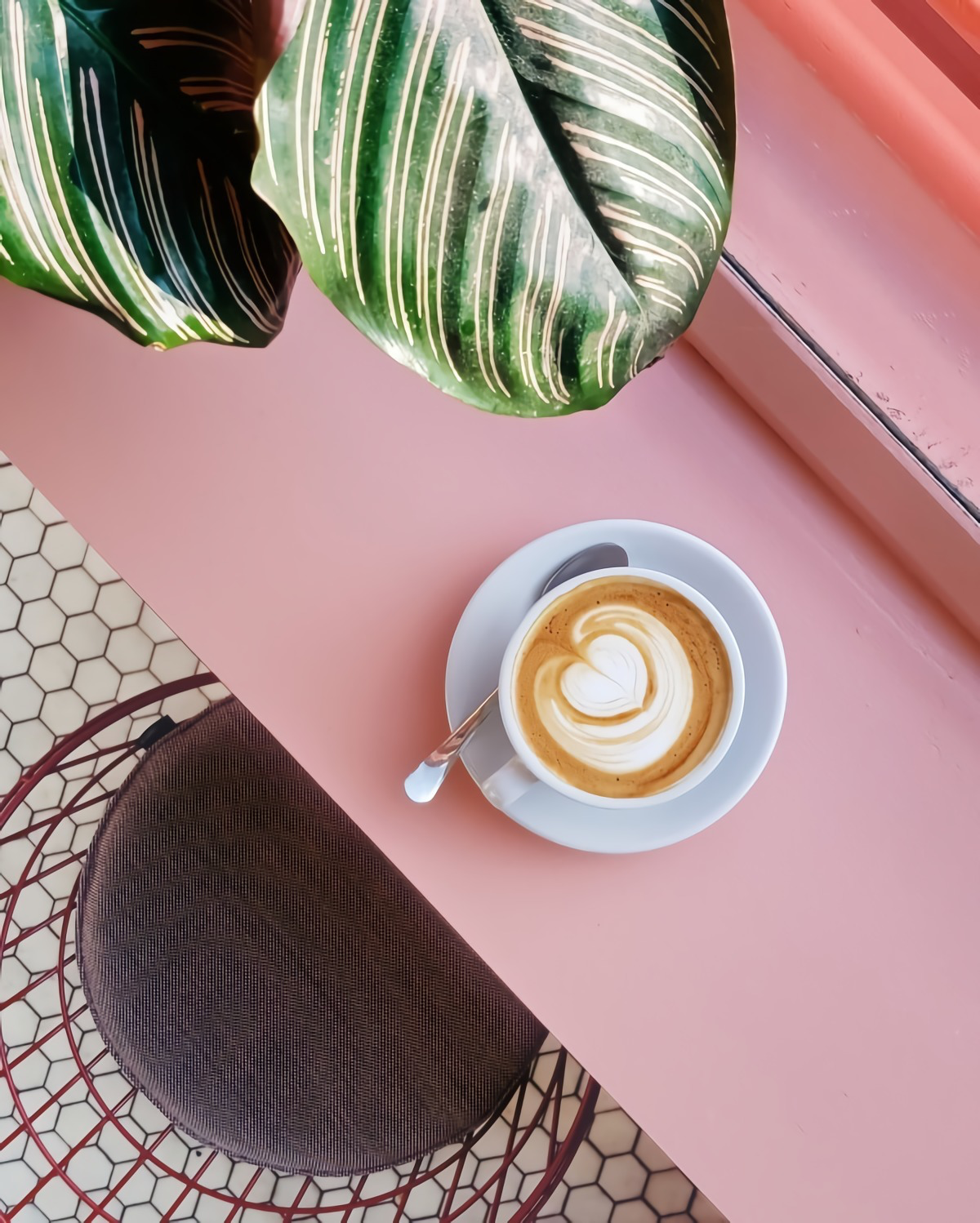
First Things First: Know Your Canvas
Before we start adding stuff, let’s get one thing straight: coffee isn’t just brown liquid. It’s a wild mix of oils, acids, and hundreds of aromatic compounds. The quality of your beans and how you brew them will completely change how any additive behaves.
When you add a powdered spice, for instance, you’re kicking off a little chemistry experiment. If you mix it with your grounds before brewing, the hot water extracts flavors from both at the same time, creating a beautifully infused, cohesive taste. But if you just sprinkle it on top, you’re mostly getting aroma. Fats, like coconut oil, are a whole other story. They need to be blended—emulsified—or you’ll end up with a greasy slick on top of your cup. Understanding this basic science is the key to getting the texture and taste you actually want.
Oh yeah, and your brewing method matters. A lot.
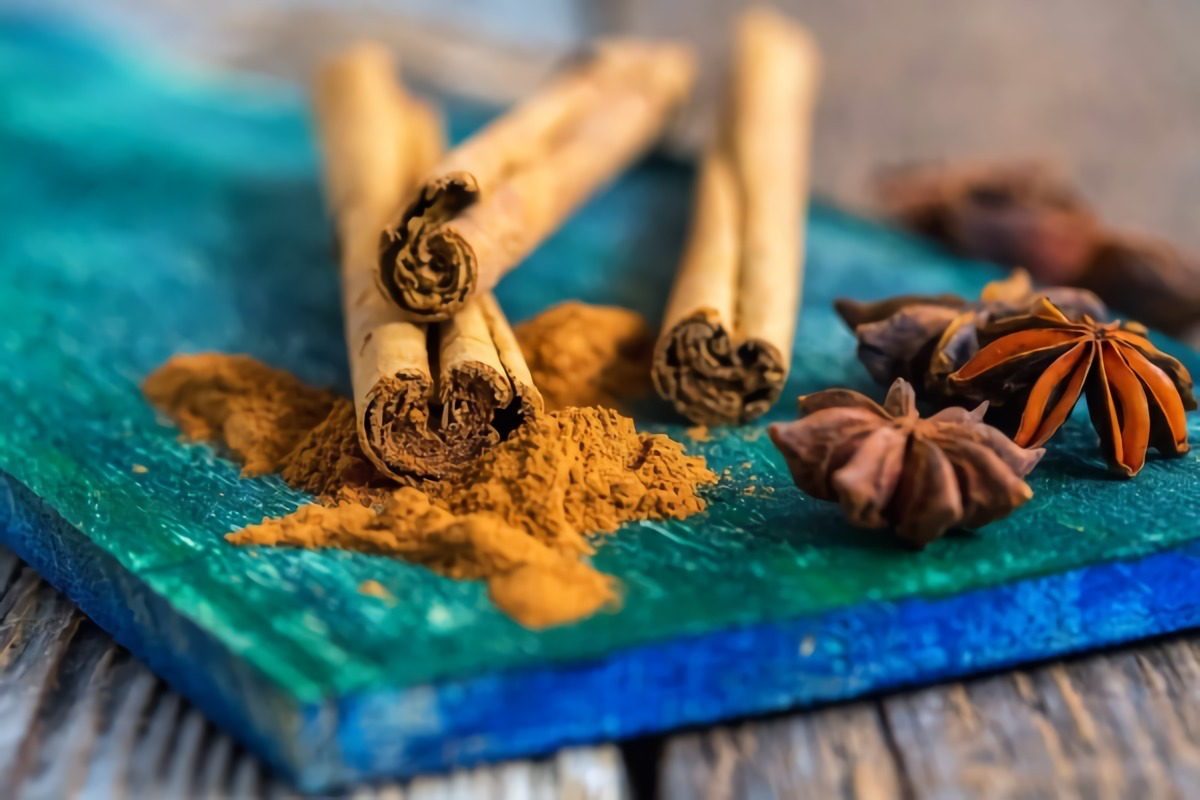
- French Press: This is my top pick for infusions. Since the grounds and any additives steep together, it’s perfect for mixing in spices. The metal filter also lets more of the coffee’s natural oils through, which helps fatty additions blend in.
- Pour-Over (like a V60 or Chemex): The paper filters in these trap most of the oils and any fine particles. Adding powders to the grounds can mess with the water flow and lead to a bitter, over-extracted cup. It’s way better to just stir your add-ins into the finished brew.
- Automatic Drip Machine: Same deal as the pour-over. Add things directly to your mug, not the brew basket, to avoid clogs and weak coffee.
- Espresso: The intense pressure and super-fine grind mean you should never add anything to the coffee puck itself. Mix your additives into the final shot or your steamed milk.
The Spice Rack: More Than Just Flavor
Spices are the easiest place to start. They’re familiar, fragrant, and can completely transform a cup. But please, do yourself a favor and use fresh, quality spices. That dusty old container from the back of your pantry will just make your coffee taste… well, like dust.
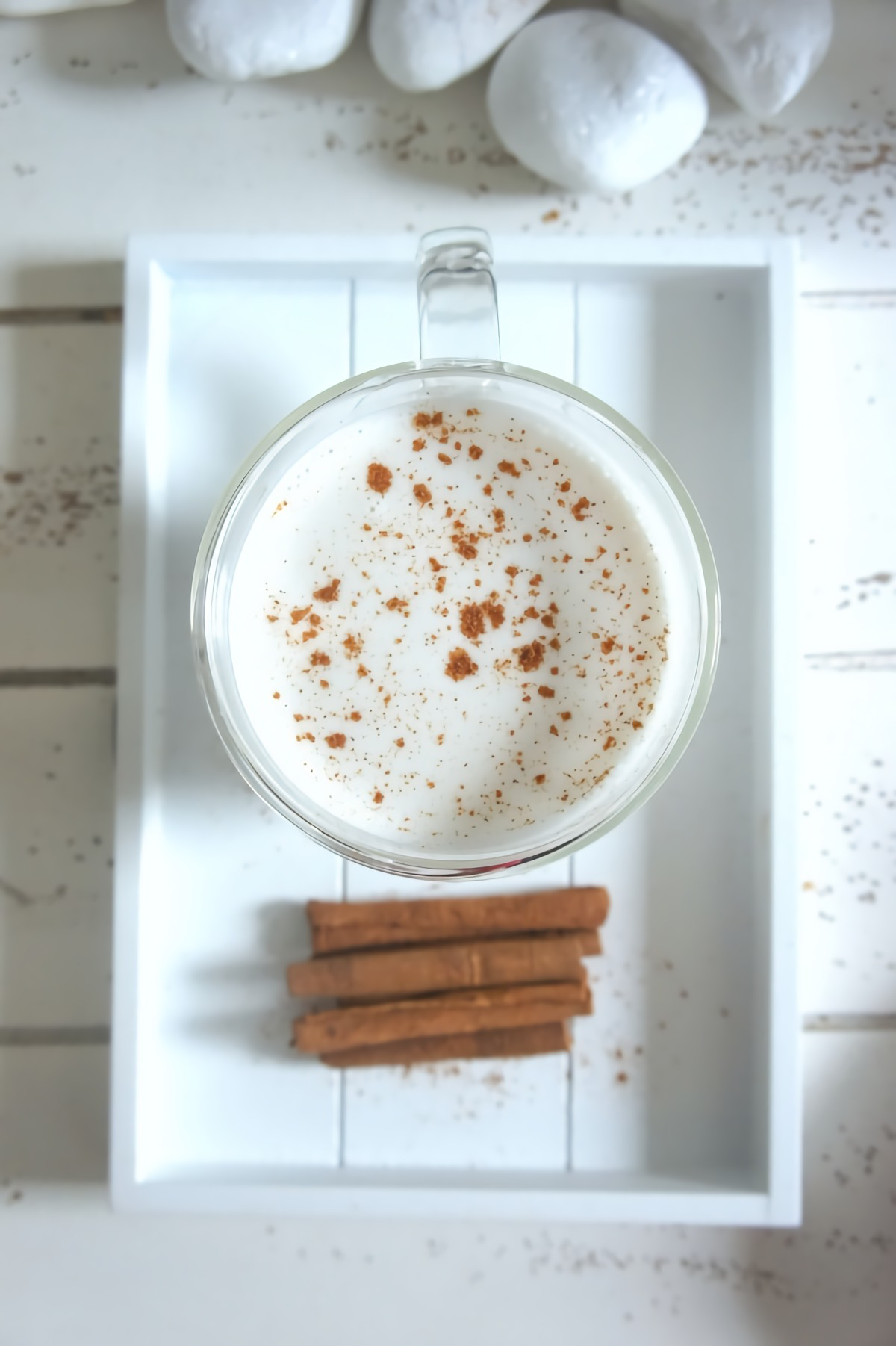
Cinnamon: The Good, The Bad, and The Woody
Cinnamon is a classic, but did you know there are two main types? Most of what you see in the supermarket is Cassia cinnamon. It’s bold and spicy, but it contains a compound that can be tough on your liver in large, regular doses. This is a genuine safety heads-up I give to everyone.
The pro move is to use Ceylon cinnamon, often called “true” cinnamon. It has a much more delicate, complex, and slightly citrusy flavor that is absolutely incredible with light and medium roast coffees. It’s also much safer for daily use. You can find it online or in specialty spice shops for around $8-$15 for a good-sized bottle that will last forever. The sticks look different, too—they’re brittle and papery, not like the hard, thick bark of Cassia.
Want an easy first step? Tomorrow morning, try this: Add 1/4 teaspoon of ground Ceylon cinnamon directly to your coffee grounds before you brew in your French press or drip machine. See if you can taste that smoother, more integrated flavor. It’s the easiest win.
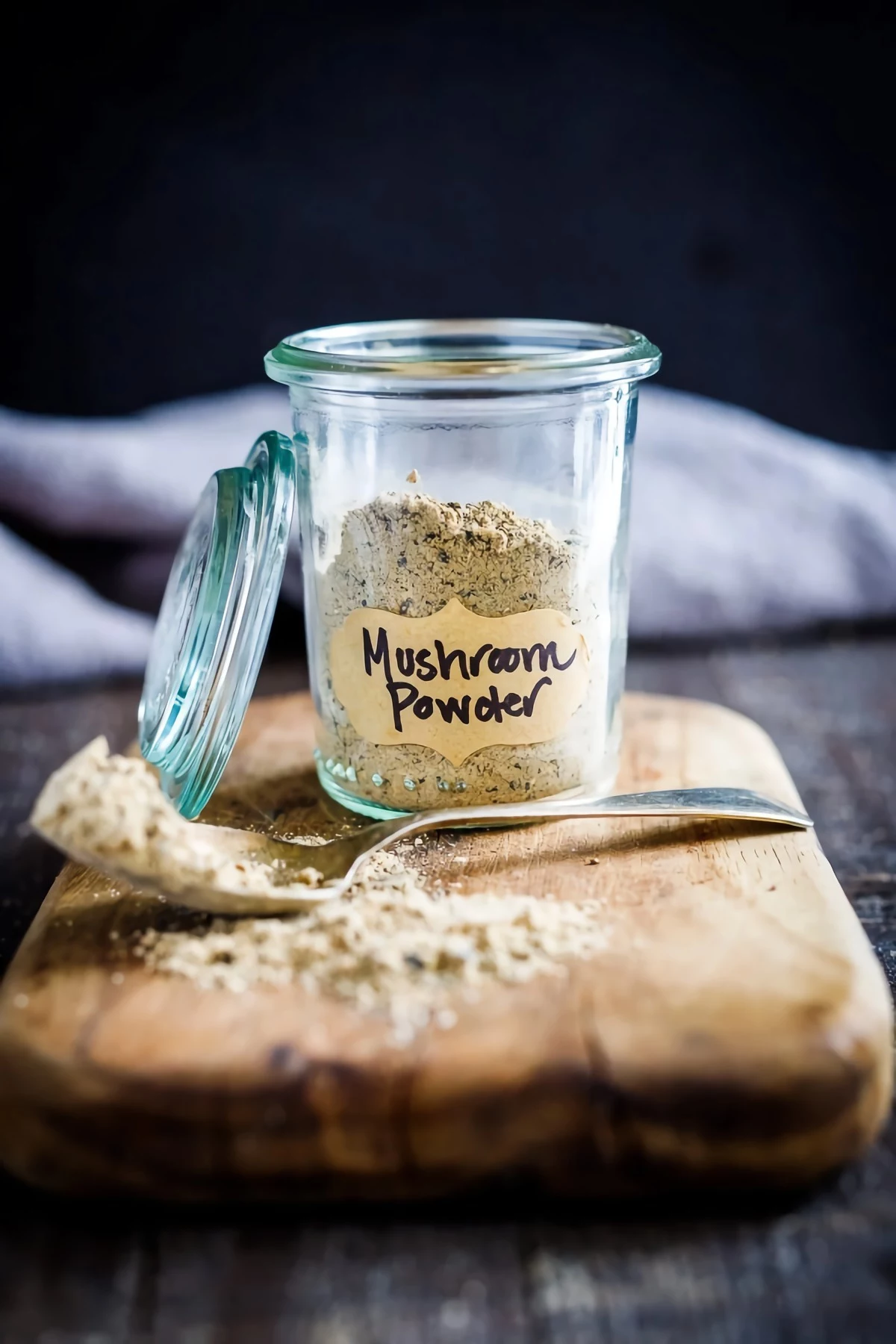
Ginger: The Two-Way Street of Warmth
Ginger adds a pungent, warming kick that’s amazing on a cold morning. The biggest mistake is using old, low-quality ginger powder, which is just harsh and sad. You have two much better options:
- Fresh Ginger: Grab a small piece (about the size of your thumbnail), peel it, and grate it right into your mug. Pour your hot coffee over it and let it steep for a couple of minutes. The flavor is bright, zesty, and powerful.
- High-Quality Ginger Powder: A good powder will smell intensely of fresh ginger. Use it sparingly—about 1/8 of a teaspoon per cup is plenty.
My Cafe Recipe (Simplified): We once created a ginger-molasses syrup that was a huge hit. It’s easy to make at home! Gently simmer 1 cup of water, 1/2 cup of blackstrap molasses, and a 2-inch piece of sliced fresh ginger for about 15 minutes. Strain it, and you’ve got a perfect sweetener and spice infusion. It keeps in the fridge for about two weeks.
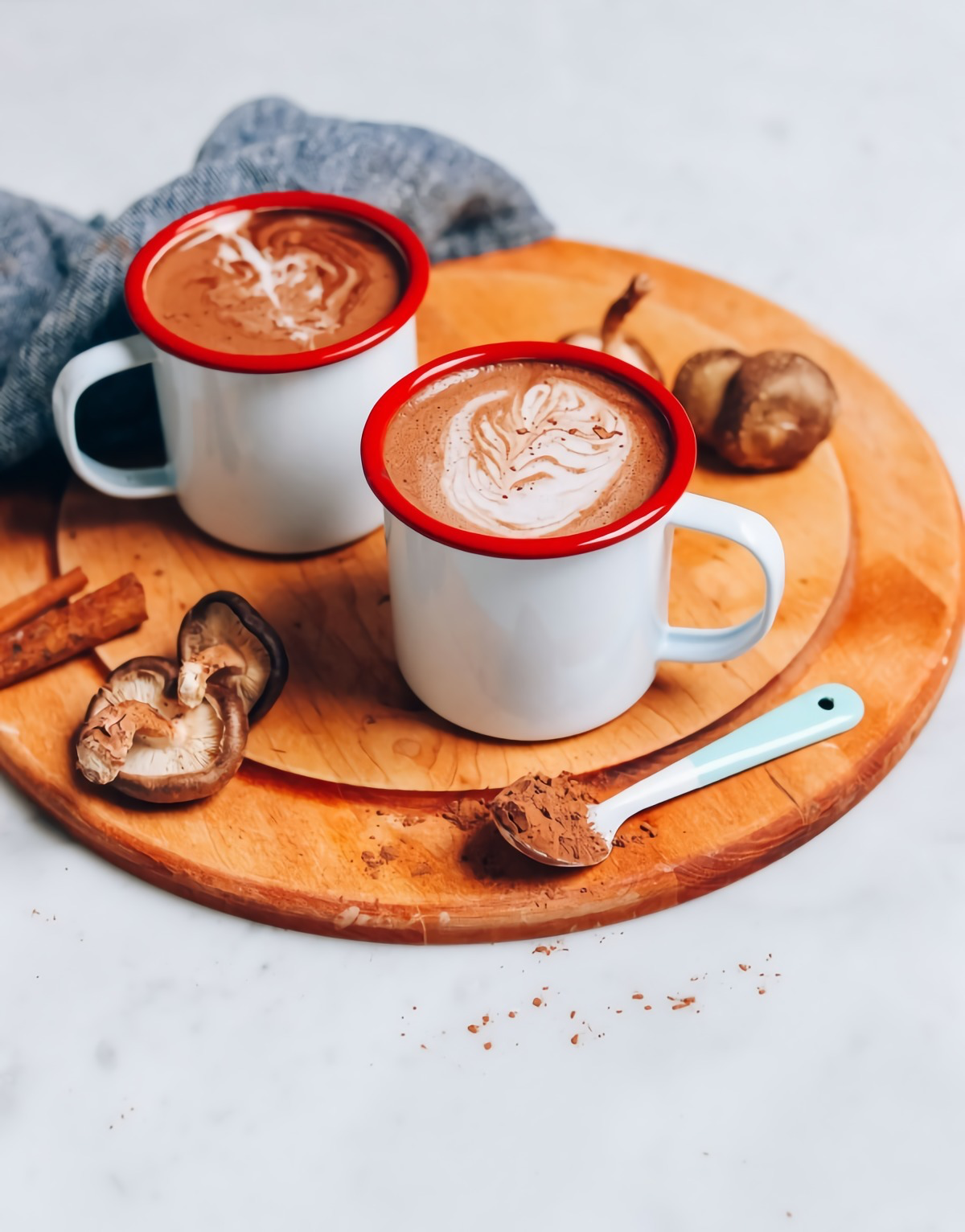
Earthy & Awesome: Roots and Fungi
This is where things get interesting. These ingredients are known for their functional benefits, but they have strong flavors that need to be handled with a little care.
Turmeric: The Golden Rule
Turmeric is famous for its anti-inflammatory properties, but its active compound, curcumin, is tricky for our bodies to absorb. Just dumping turmeric powder into your coffee won’t do much.
To really get the benefits, you need to pair it with a fat (like coconut oil) and piperine (from black pepper). This is why I always make a pre-mixed blend. It’s way easier.
My Go-To Golden Blend:
- 4 tablespoons of organic turmeric powder
- 2 teaspoons of Ceylon cinnamon
- 1 teaspoon of ginger powder
- 1/2 teaspoon of finely ground black pepper
Just mix this up and store it in a jar. Start with 1/2 teaspoon of the blend in your coffee, along with a little coconut oil or full-fat milk to help with absorption. A word of warning I learned the hard way: turmeric will stain EVERYTHING. Your countertops, your clothes, your favorite mug. Quick tip for stains: A paste of baking soda and water left on for about 15 minutes can usually lift yellow stains from ceramics and counters.
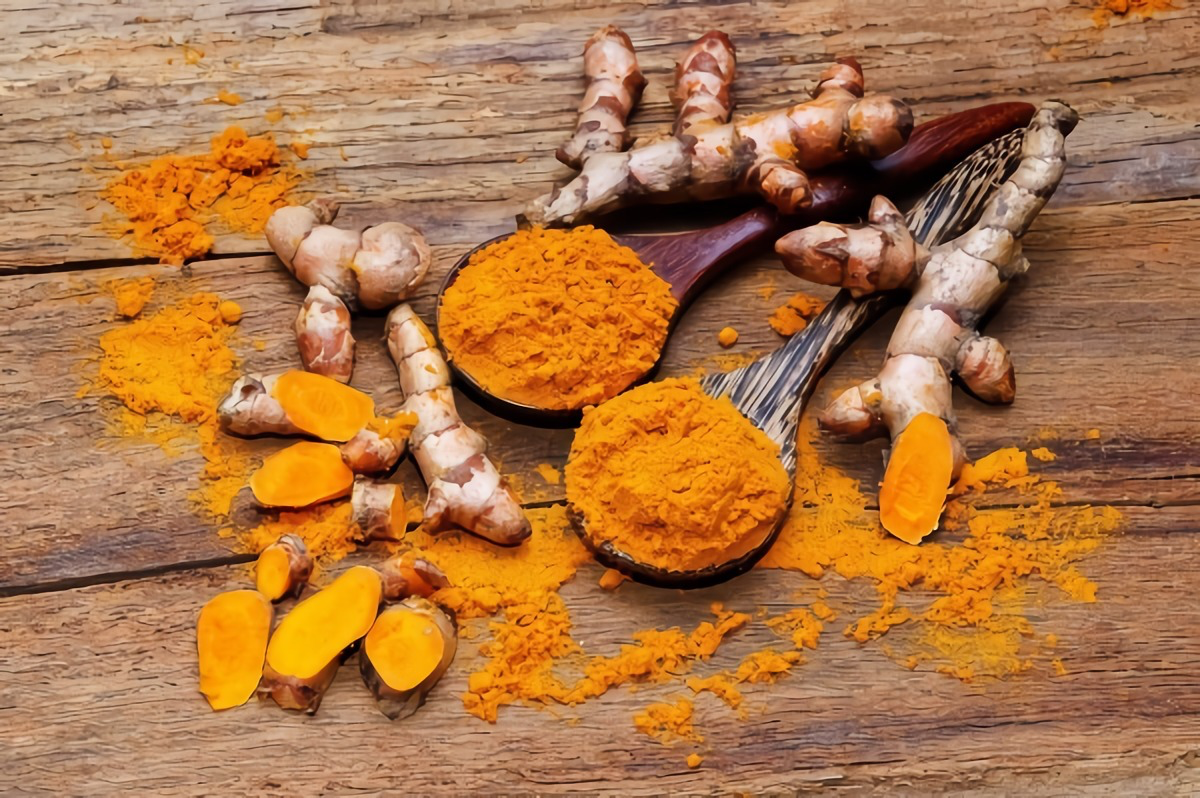
Mushroom Powders: Not as Weird as It Sounds
Mushroom coffee is everywhere now, and for good reason. The right mushrooms can offer benefits without funky flavors. But quality is everything. Look for extracts made from the “fruiting body” (the actual mushroom) instead of “mycelium on grain,” which can be mostly starch. A trustworthy brand will be transparent about its beta-glucan content—look for something that specifies >20% beta-glucans on the label. A quality powder will run you about $25-$40 for a container with 30-60 servings.
- Lion’s Mane: This one’s very mild and slightly sweet, so it disappears easily into any coffee. It’s often used for cognitive support.
- Reishi: Known for helping the body manage stress, but it’s a bit bitter. Because of this, it actually pairs best with darker roasts that already have those bitter, chocolatey notes.
- Chaga: This one is a natural fit for coffee. It has a mild, earthy flavor with a hint of vanilla.
- Cordyceps: Traditionally used for energy, it’s also fairly mild and won’t mess with the taste of your brew.
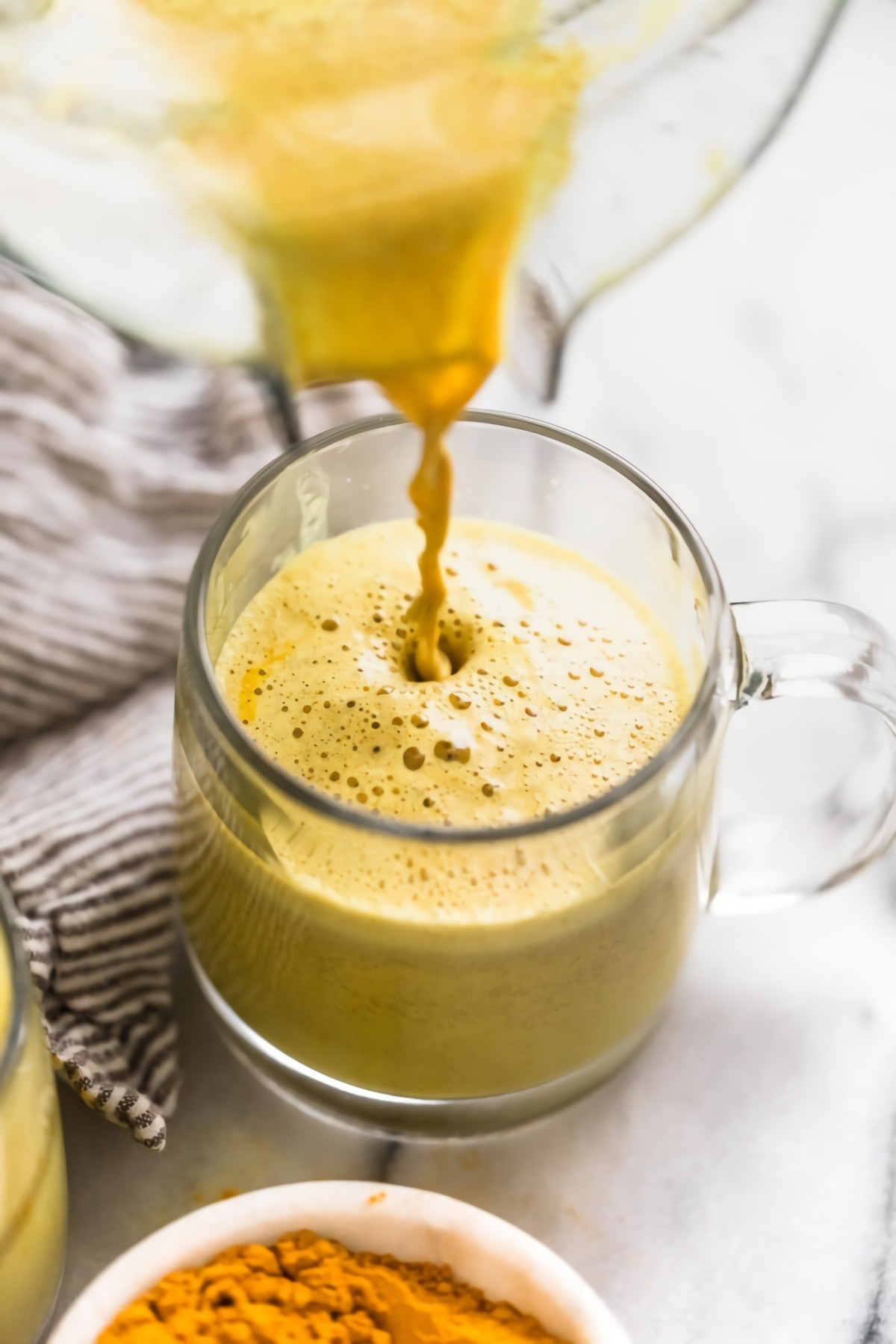
Maca Powder: The Butterscotch Root
Maca is a root from Peru with a flavor I absolutely love: it’s malty, earthy, and tastes a bit like butterscotch. It adds a delicious perceived sweetness without any sugar, making it a fantastic, natural partner for coffee. A bag usually costs between $10 and $20.
To avoid clumps, don’t just dump it in. Put a teaspoon of maca powder in your mug, add just a tiny splash of coffee, and stir it into a smooth paste. Then, pour in the rest of your coffee. Perfect every time.
Fats & Proteins: For a Smoother Ride
Adding fat or protein can turn your coffee into a mini-meal that keeps you full and slows down the caffeine absorption. This means you get a nice, sustained energy lift instead of a frantic spike and a hard crash.
MCT Oil: You MUST Blend It
MCT oil is a concentrate from coconut oil that many people use for quick energy. But there is one non-negotiable rule: you have to blend it. I can’t stress this enough. Simply stirring it in creates a disgusting, greasy oil slick.
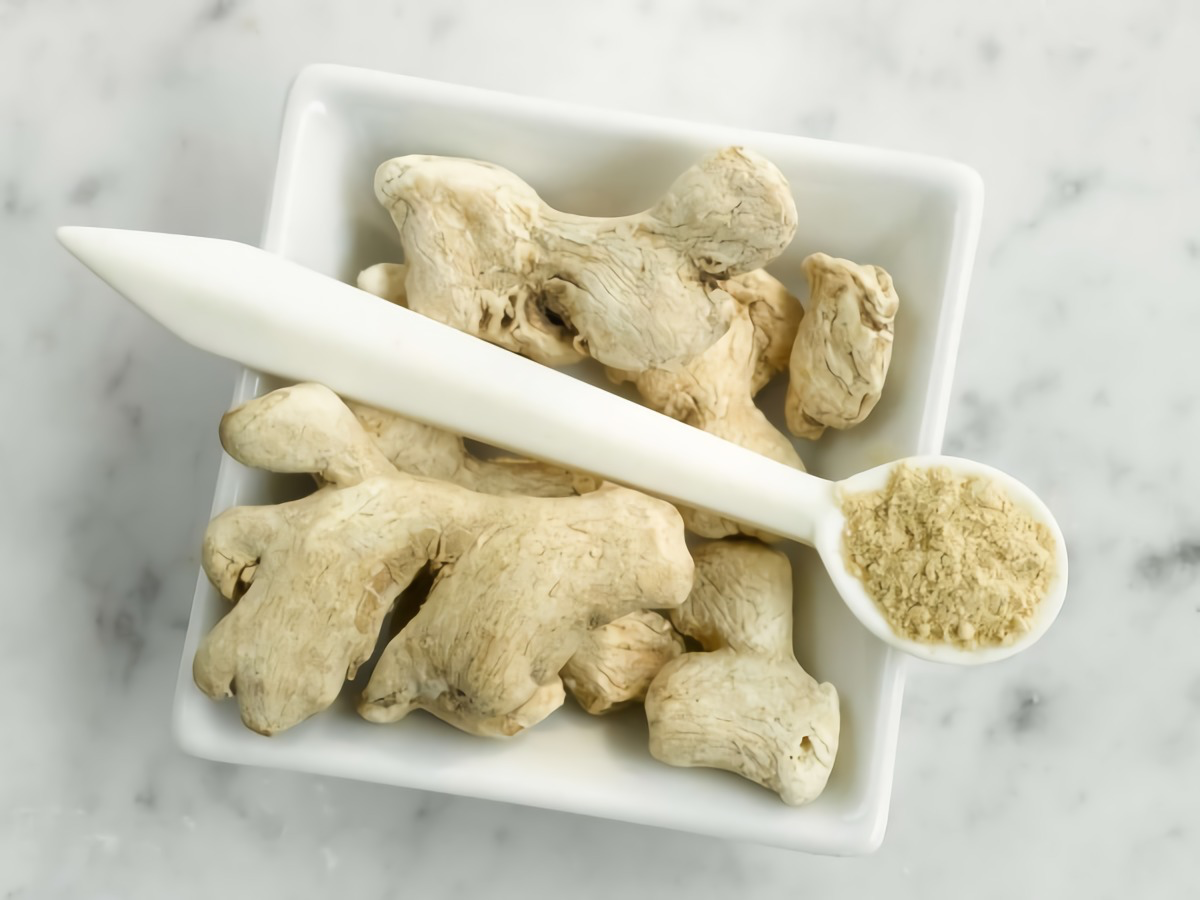
My 30-Second Creamy Coffee:
- Pour your hot coffee into a blender.
- Add 1/2 teaspoon of MCT oil (to start).
- Blend on high for 20-30 seconds until it’s frothy and looks like a latte. That’s it.
Heads up! Start with a very small amount, like 1/2 teaspoon. Taking too much MCT oil at first can lead to… let’s just say, digestive distress. It’s a mistake you only make once.
Collagen Peptides: The Invisible Protein Boost
Collagen is a super simple way to add protein. Good quality collagen peptides are virtually tasteless and dissolve easily. Look for brands that specify “grass-fed bovine” or “wild-caught marine” sources, which usually run $25-$50 a container. The trick to a clump-free mix is to put the scoop of powder in your mug first, then pour a little coffee on top and stir to make a slurry before filling the cup the rest of the way.

What About Cold Brew?
Great question! A lot of people are on the cold brew train these days. Yes, you can absolutely use these add-ins, but with a few tweaks.
You can infuse spices like cinnamon sticks or fresh ginger directly into your cold brew grounds while they steep—just remember it takes longer (12-24 hours) for the flavor to extract in cold water. For powders like maca, mushrooms, or collagen, they can sometimes resist dissolving in cold liquid. The easy fix is to dissolve the powder in a separate cup with an ounce or two of hot water to make a smooth slurry, then pour that concentrate into your cold brew.
Final Thoughts: My Honest Advice
After all these experiments, I’ve landed on a few key truths. These additions are great, but they aren’t magic bullets. Your foundation has to be solid.
The single best thing you can do is start with better beans. Buy freshly roasted, whole-bean coffee and grind it right before you brew. Use filtered water. No amount of maca can save stale, burnt coffee. The goal here is to enhance, not to hide.
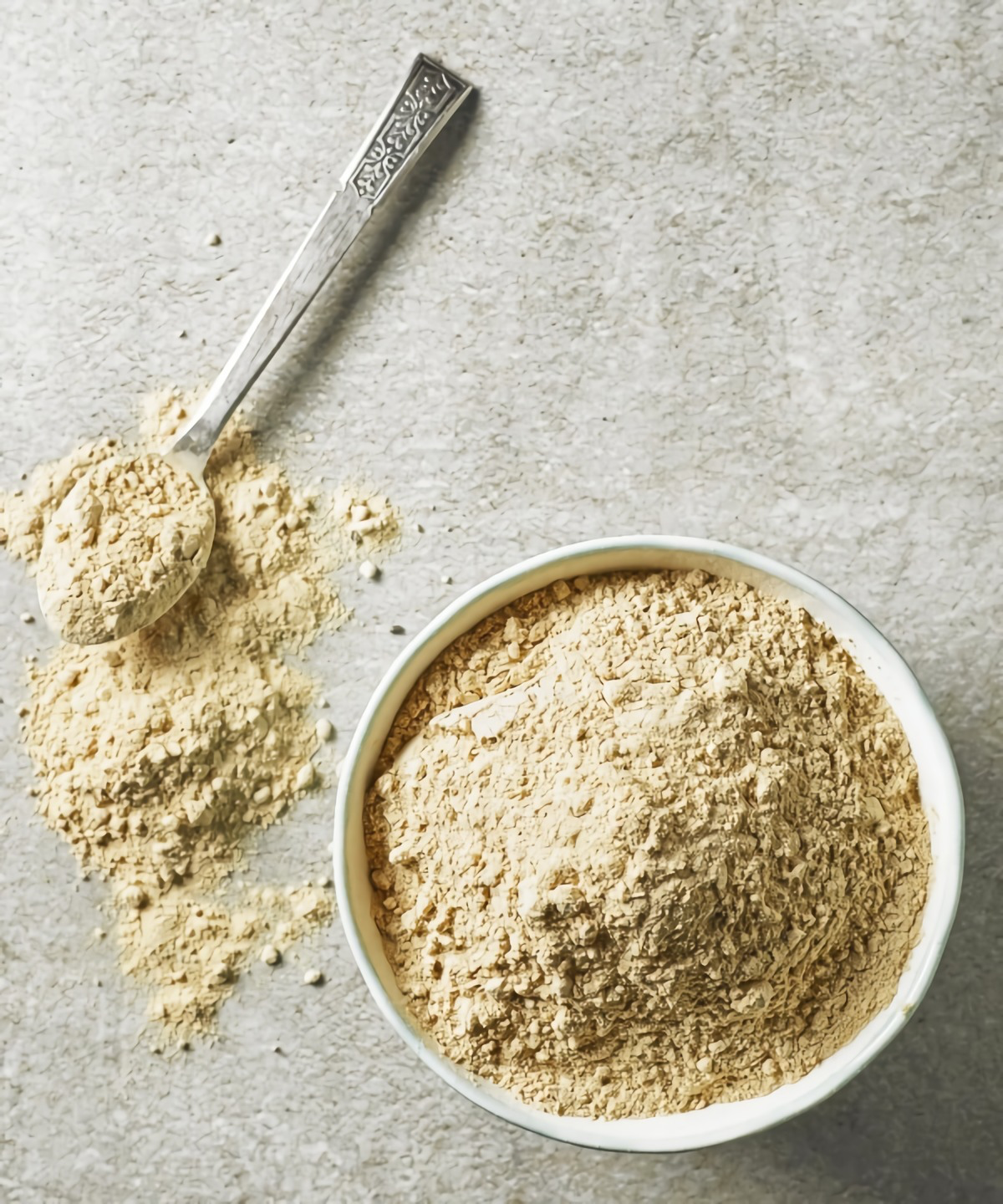
And finally, listen to your body. What works for me might not work for you. Start with small doses. Be your own expert. The best cup of coffee is the one that you love and that makes you feel great.
(Just a quick disclaimer: I’m a coffee pro, not a doctor. This is all based on my hands-on experience with flavor and ingredients. If you have any health conditions or are on medication, it’s always a good idea to chat with a healthcare provider before adding new supplements to your routine.)
Inspiration:

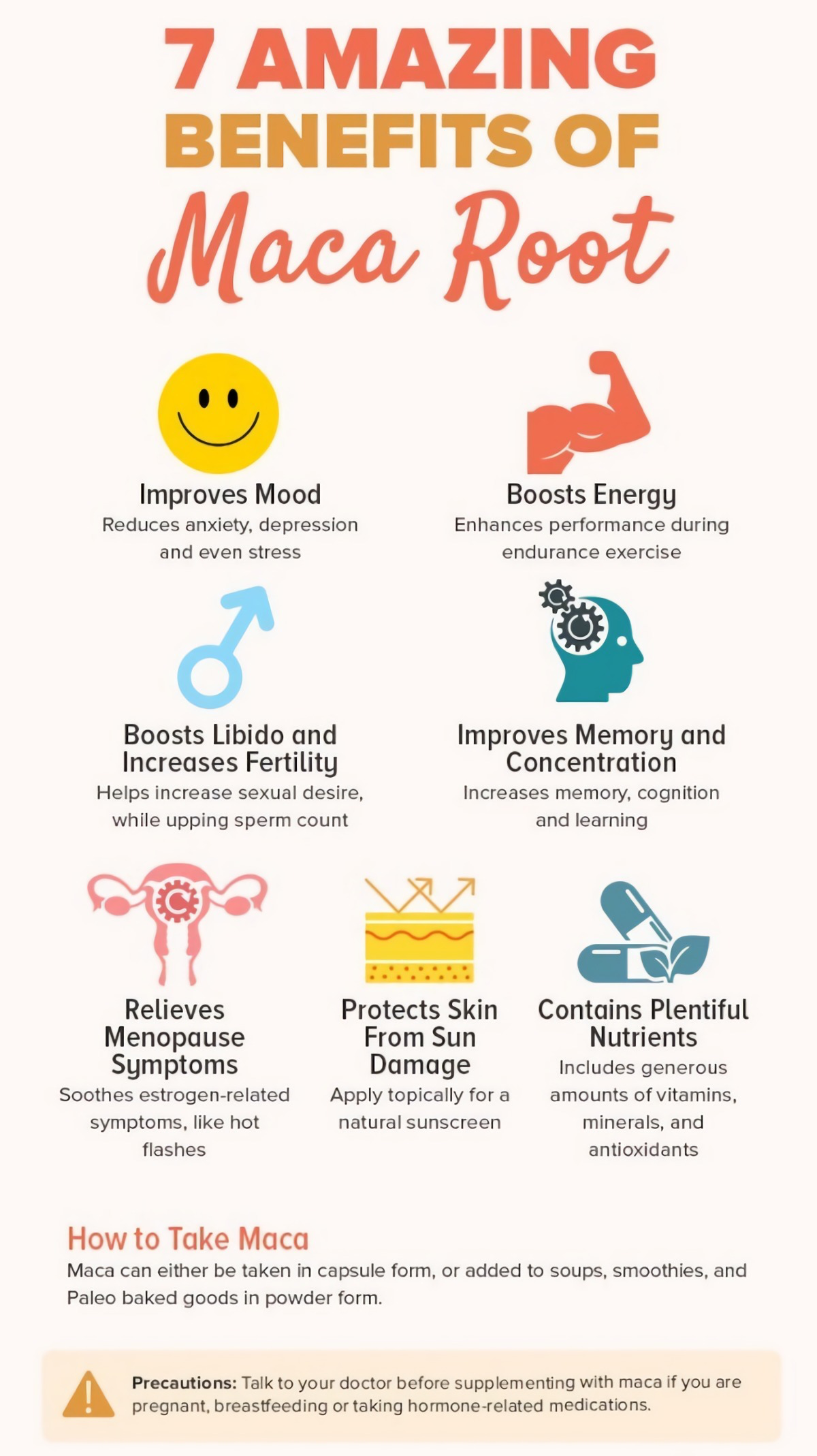
Tired of powders clumping at the bottom of your mug?
The secret to a perfectly smooth blend is to make a slurry first. Before pouring your full cup of coffee, mix your powder (like Vital Proteins collagen or a Four Sigmatic mushroom blend) with just an ounce or two of the hot coffee. Stir vigorously to create a smooth, concentrated paste, then slowly pour in the rest of your brew. For an even more foolproof method, a handheld milk frother works wonders to emulsify everything in seconds.
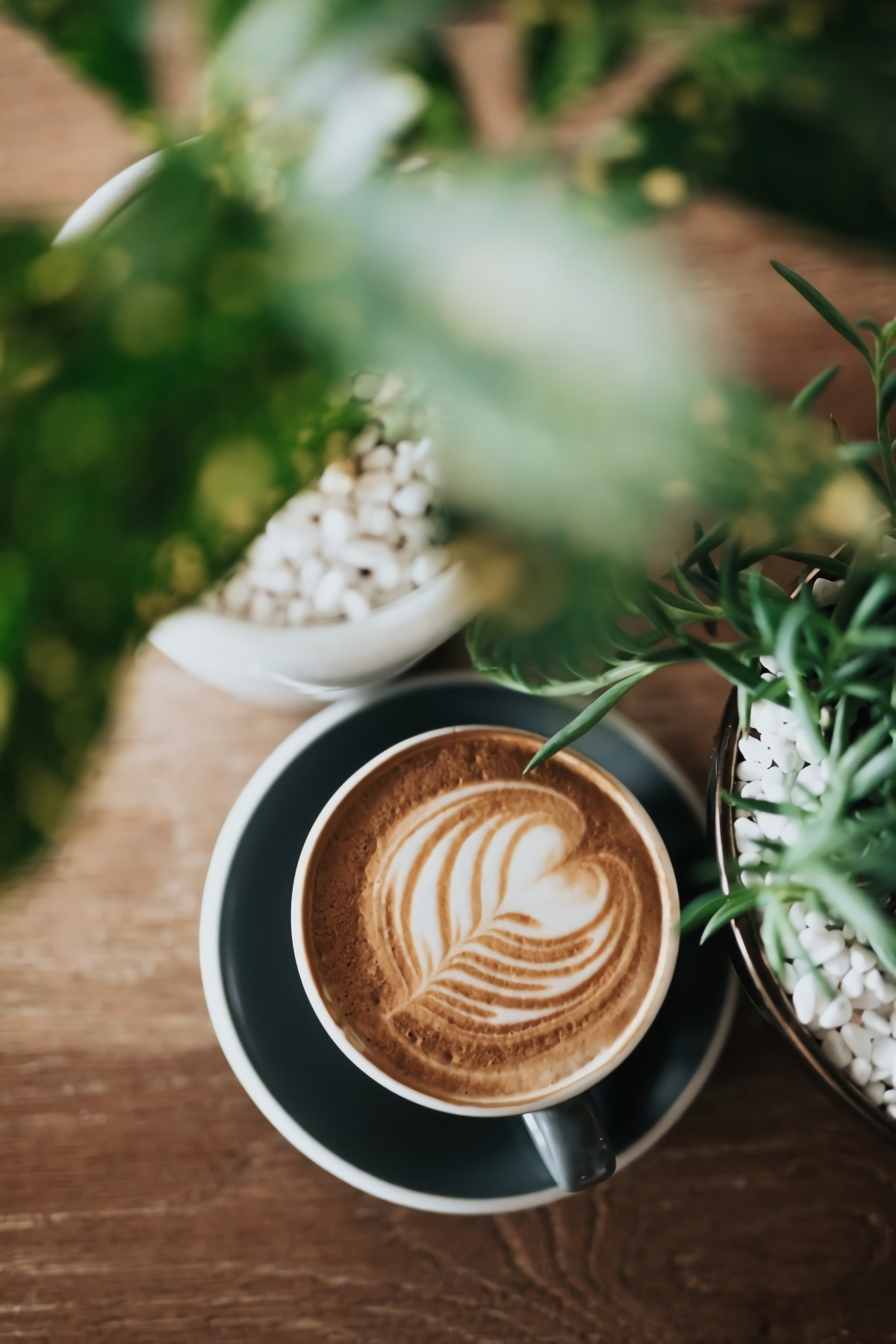
For centuries, coffeehouses in the Middle East weren’t just about the caffeine kick; they were sensory experiences, perfumed with exotic spices traded along ancient routes.
Take inspiration from a traditional Moroccan ‘Café des Épices’. Instead of just cinnamon, try grinding a blend of green cardamom pods, a sliver of ginger, a pinch of black pepper, and a touch of clove directly with your beans before brewing. The heat from the water blooms the oils in the spices, infusing your coffee with a warmth and complexity that transports you far beyond your kitchen. It’s a fragrant ritual that turns your morning cup into a mini-vacation.
For Creamy Energy: High-quality MCT oil, like the one from Nutiva, is a purified concentration of medium-chain triglycerides. It’s flavorless, blends easily (especially with a blender), and is known for providing fast, clean-burning mental energy without the dairy.
For Richness & Nutrients: A tablespoon of grass-fed butter, such as Kerrygold, or ghee offers a more decadent, savory richness. It also provides fat-soluble vitamins like A, E, and K2. The flavor is more pronounced, giving your coffee a comforting, latte-like body. Which you choose depends on whether you’re seeking pure fuel or a richer, more satisfying flavor profile.










